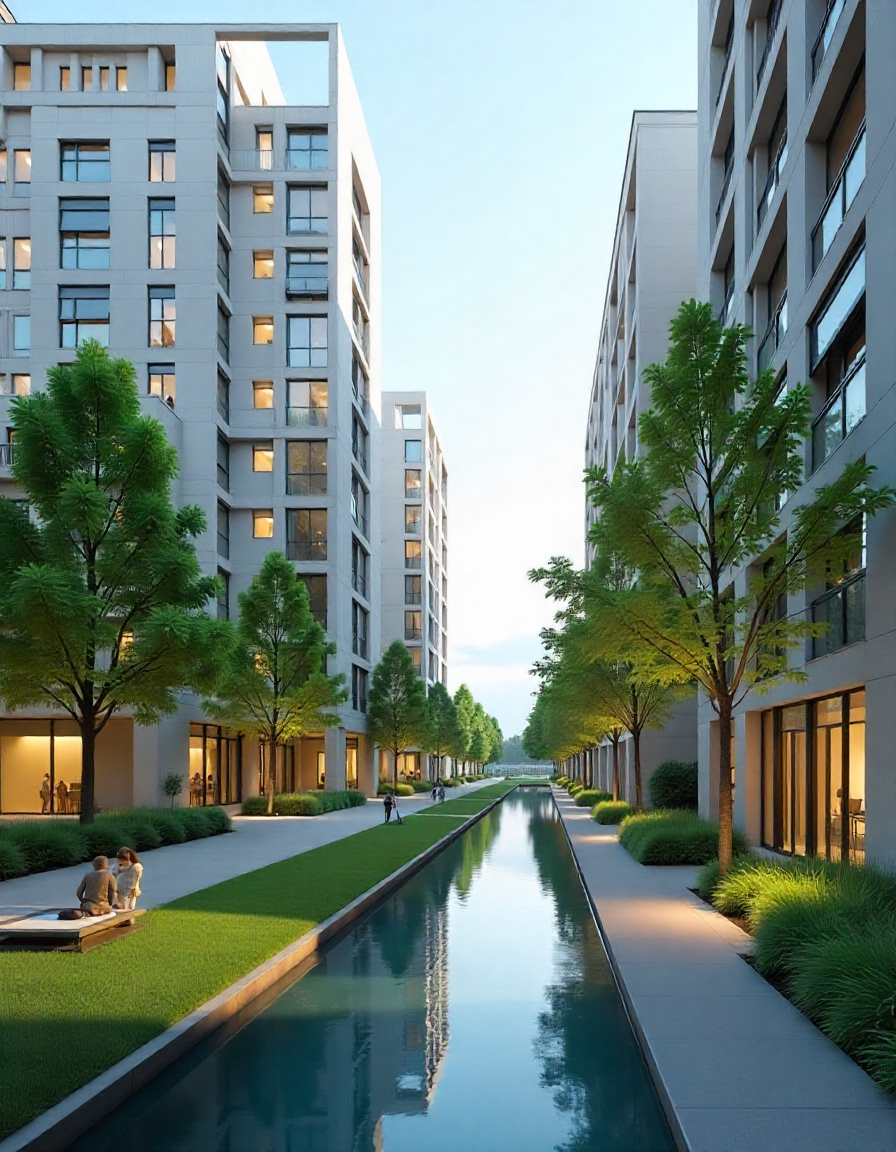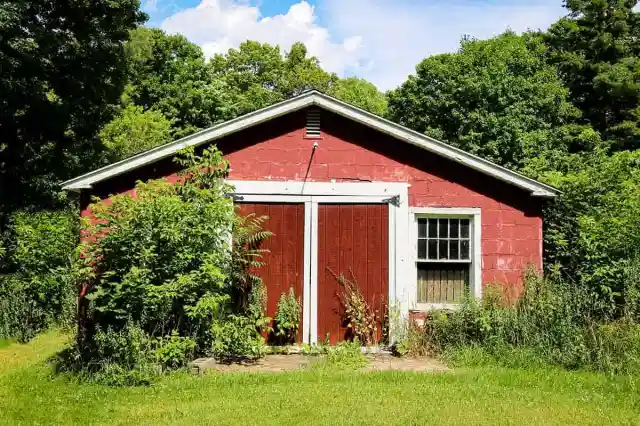How Sustainable Practices Are Shaping Urban Development
Urban areas are the heart of modern civilization—hubs of economic growth, culture, and innovation. However, the explosion of urban populations comes with mounting challenges, including resource depletion, pollution, and environmental degradation. Today, sustainability has become a critical factor in urban planning and development. Cities worldwide are now focusing on sustainable practices to create harmonious living environments that balance economic growth with environmental and social well-being.
This blog dives deep into how sustainability is reshaping the way cities grow, function, and evolve. From green infrastructure to cutting-edge technologies, we’ll explore the innovative strategies that are paving the way toward a more sustainable future.
The Need for Sustainability in Urban Development
Urbanization is at an all-time high, with more than half of the world’s population now living in cities. According to the United Nations, this number is predicted to rise to nearly 70% by 2050. Rapid urban growth brings significant challenges that necessitate sustainable solutions, including:
- Resource Strain: Urban areas consume vast amounts of energy, water, and materials, putting pressure on limited natural resources.
- Pollution: Cities are responsible for over 70% of global carbon emissions, contributing heavily to climate change.
- Housing and Infrastructure Shortages: Rapid urban expansion often results in poorly planned developments, leading to housing crises and inadequate infrastructure.
- Waste Management: Increased consumption generates large volumes of waste, much of which ends up in landfills or the environment.
Sustainability in urban development addresses these challenges by prioritizing long-term outcomes over short-term gains. It ensures that cities not only meet the needs of current inhabitants but also preserve resources and opportunities for future generations.
Key Strategies Shaping the Future of Urban Development
1. Green Architecture and Design
Sustainable urban spaces are increasingly defined by buildings that conserve energy, water, and other resources. Green architecture incorporates eco-friendly materials, energy-efficient systems, and innovative designs that enhance environmental performance.
Examples of Green Features in Architecture:
- Green Roofs and Vertical Gardens: Integrating vegetation helps improve air quality, reduce urban heat islands, and manage stormwater.
- Net-Zero Energy Buildings (NZEBs): Structures that produce as much energy as they consume through renewable energy sources, like solar panels and wind turbines.
- Passive Design Principles: Features such as natural ventilation, optimized natural lighting, and thermal insulation, which reduce reliance on artificial heating or cooling systems.
Case in Point:
The Bosco Verticale in Milan, Italy, features skyscrapers adorned with nearly 1,000 trees and 20,000 plants, absorbing CO2 while producing oxygen. This unique design improves biodiversity and air quality while providing insulation to reduce energy consumption.
2. Smart City Technologies
Technology plays a vital role in sustainable urban development. Smart cities leverage data and digital infrastructure to enhance efficiency, reduce waste, and improve quality of life.
Key Technological Advancements:
- IoT Sensors: Used for data collection on air quality, water usage, traffic patterns, and waste management, allowing cities to make informed decisions.
- Automated Public Transport: Efficient transportation systems, like electric buses and driverless trains, reduce congestion and emissions.
- Energy Management Systems: Smart grids monitor energy demand and optimize distribution, reducing wastage.
Barcelona, for instance, uses IoT-powered smart bins to optimize waste collection routes, saving fuel while ensuring timely pick-ups. This approach not only reduces carbon footprints but also cuts city costs.
3. Sustainable Mobility Solutions
Transportation systems are a major contributor to urban pollution, accounting for nearly 25% of global carbon emissions. Cities are tackling this issue through sustainable mobility solutions that prioritize public transit, non-motorized transport, and eco-friendly alternatives.
Prominent Strategies:
- Electric Vehicles (EVs): Encouraging EV adoption through subsidized purchase plans, tax incentives, and charging stations.
- Cycle-Friendly Infrastructure: Dedicated cycling lanes and bike-sharing systems that promote active commuting.
- Walkable Urban Areas: Designing neighborhoods with accessible sidewalks, green spaces, and pedestrian-centric layouts to reduce car dependency.
Copenhagen leads as a global model for sustainable mobility. With over 60% of residents cycling to work or school, the city has invested in bike-friendly infrastructure that reduces emissions and traffic congestion.
Nature-Based Solutions for Urban Resilience
One of the most promising trends in urban development is the integration of nature-based solutions (NBS). These strategies use natural ecosystems to address urban challenges like flooding, heat waves, and air pollution.
How Nature-Based Solutions Work:
- Urban Forests and Parks: Green spaces provide shade, absorb CO2, and lower urban temperatures, making cities more livable during heat waves.
- Wetlands Restoration: Wetlands act as natural sponges, reducing flood risks and filtering water pollutants.
- Permeable Surfaces: Using materials that allow water to seep through reduces the impact of heavy rainfall, preventing urban flooding.
Case Example:
Singapore’s Bishan-Ang Mo Kio Park transformed a concrete canal into a vibrant floodplain park. The reformed waterway manages stormwater while creating a lush recreational space for residents. This project underscores how sustainability efforts can double as community enrichment initiatives.
Circular Economy in Urban Development
The notion of a circular economy is gaining momentum as cities aim to reduce waste and maximize resource efficiency. Unlike linear models that prioritize consumption and disposal, circular systems focus on reusing, repairing, and recycling at every stage of production.
Circular Economy in Action:
- Construction Waste Management: Reusing demolition debris to construct new buildings or infrastructure.
- Composting Initiatives: Diverting food waste and organic material from landfills to produce compost for agriculture or landscaping.
- Upcycling Projects: Converting discarded goods into higher-value products, such as turning plastic bottles into building materials or clothing.
Amsterdam is leading the way by aspiring to transition to a fully circular economy by 2050. Its city government encourages initiatives like recycling construction waste and supporting businesses that prioritize sustainable practices.
The Role of Governance and Policy
Policy frameworks are at the core of sustainable urban transformation. Forward-thinking governance ensures that sustainability becomes a priority rather than an afterthought.
Policies Driving Change:
- Green Building Standards: Adopting certifications like LEED, which incentivize developers to integrate sustainability into construction plans.
- Carbon-Neutral Goals: Cities like Stockholm and Paris aim to become carbon-neutral by actively reducing emissions across sectors.
- Zoning Reform: Policies that encourage mixed-use developments make optimal use of land and reduce commuting distances.
Example:
Vancouver’s Greenest City Action Plan outlines ambitious goals to reduce carbon emissions, reduce waste, and enhance access to green spaces. This roadmap serves as a blueprint for cities seeking to balance urban growth with environmental health.
Why Sustainable Practices Benefit Urban Communities
The benefits of sustainability in urban development extend far beyond environmental preservation. They resonate deeply within communities through social, economic, and health-related advantages:
- Higher Quality of Life: Well-designed green spaces and cleaner air contribute to physical and mental well-being.
- Economic Resilience: Sustainable initiatives create jobs in renewable energy, recycling industries, and innovative urban projects.
- Equitable Growth: Sustainability ensures that all residents, regardless of income level, have access to essential resources and opportunities.
- Climate Resilience: Flood prevention, better waste management, and heat mitigation protect cities against the impacts of climate change.
Final Thoughts
Sustainability is no longer a choice but a necessity for urban development. By integrating green architecture, technology, nature-based solutions, and a circular economy, cities can meet the challenges of today while preparing for the uncertainties of tomorrow. Urban areas that prioritize ecosystems, resource efficiency, and community well-being will thrive as models of resilience and innovation.
The future isn’t about slowing urban growth; it’s about creating smarter, greener, and more inclusive cities. Whether you’re a policy-maker, an entrepreneur, or a resident, contributing to sustainable urban development is a step toward a brighter, healthier world for current and future generations.










